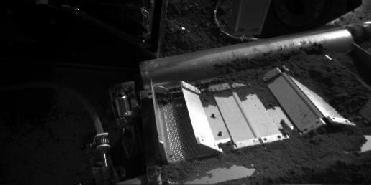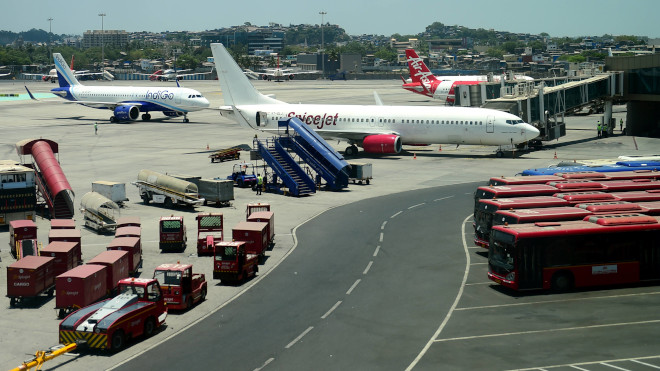NEW YORK (BNS): In yet another setback for NASA's aeronautics programme, a sounding rocket had to be destroyed on Friday, just 27 seconds after launch.
"We knew the risks of launching payloads on a first-of-a-kind rocket, and we acknowledged those from the beginning of the development of these payloads," said Juan Alonso, director of the fundamental aeronautics programme of NASA. He told journalists that the two experiments which were part of the test had no backups, ""These are one of a kind payloads."
The launcher developed by Alliant Techsystems Inc (ATK) was detonated when it veered off course after an early-morning launch from Wallops Flight Facility in Virginia.
The rocket was set to run a challenging suborbital trajectory, reaching a maximum altitude of 370 kilometers, to test the Hypersonic Boundary Layer Transition (HyBoLT). HyBoLT was an experiment to measure airflow and heat when flying at, over the speed of sound. The study is a key input for the ongoing efforts to develop hypersonic flights. At the end of the experiment HyBoLT would have been dropped into the Atlantic Ocean.
The second experiment SOAREX was to be deployed after HyBoLT was dropped. SOAREX comprises of three probes, among them SCRAMP, a new cylindrical spacecraft shape that would automatically orient itself for re-entry into the Earth's atmosphere.
"I would call it a very big disappointment, but not a setback," Kent Rominger, vice president at ATK said. This is the second disappointment for NASA in just a month. On August 2, NASA's SpaceX Falcon 1 rocket failed minutes after take off. Falcon 1 was carrying Trailblazer, a Pentagon supported satellite, besides solar sail and a microgravity biology test.
NASA destroys rocket, setback to hypersonic experiments
Article Posted on : - Aug 23, 2008
Other Related News
More planes, flights, airports to brighten Indian aviation in 2025; supply chain shadows remain
The trails of mega-mergers, tailwinds of expanding fleets, flights and airports will dot the fast-growing Indian aviation firmament in 2025, though the dark clouds of supply chain woes will persist longer. Also, new airline takeoffs, the future trajectory of revised norms to tackle pilot fatigue and efforts to reduce carbon emissions will be on the radar.
 Previous Article
Previous Article













The Indian Air Force, in its flight trials evaluation report submitted before the Defence Ministry l..
view articleAn insight into the Medium Multi-Role Combat Aircraft competition...
view articleSky enthusiasts can now spot the International Space Station (ISS) commanded by Indian-American astr..
view article